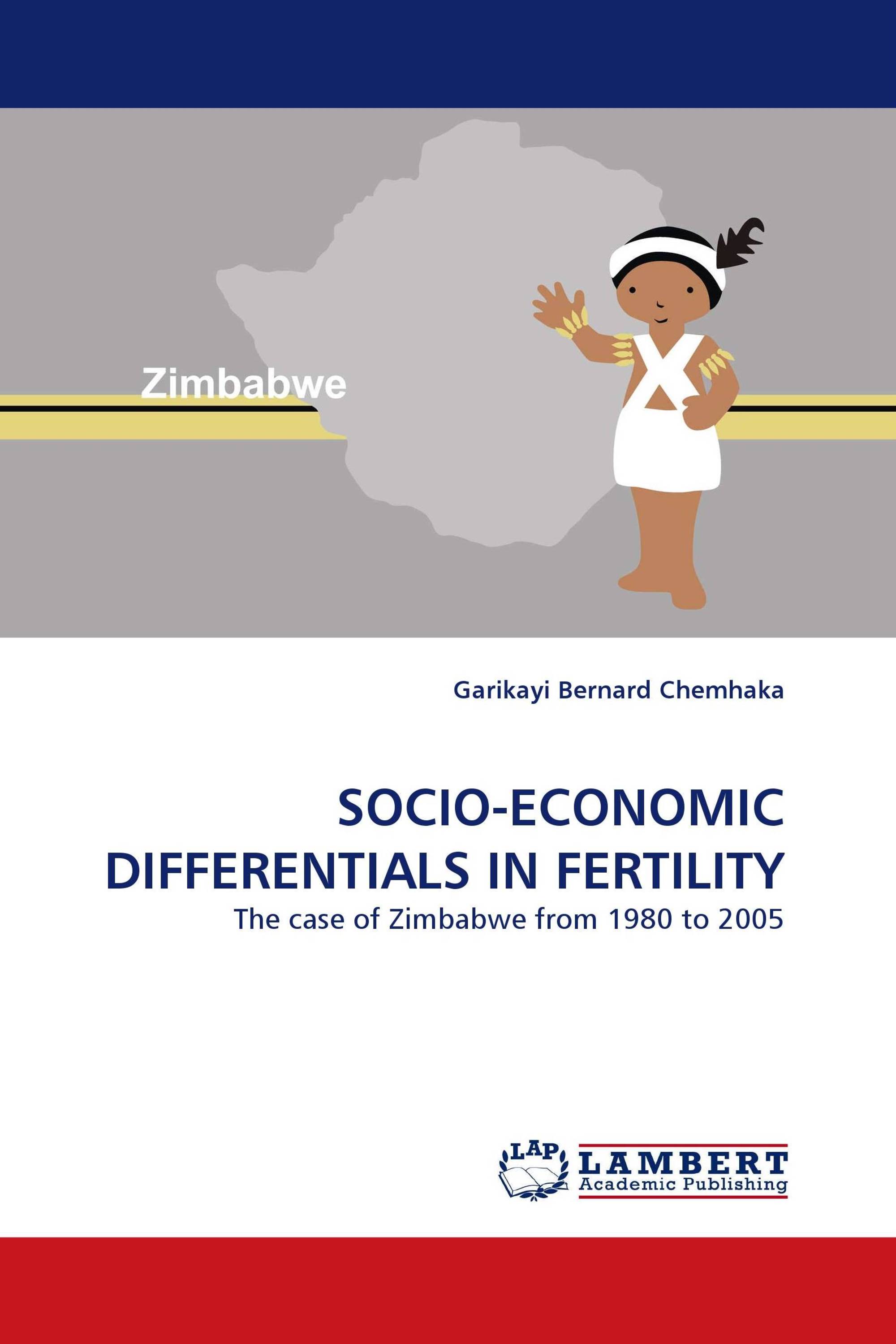SOCIO-ECONOMIC DIFFERENTIALS IN FERTILITY
The case of Zimbabwe from 1980 to 2005
LAP Lambert Academic Publishing ( 24.05.2011 )
€ 59,00
The study utilises four Demographic and Health Surveys (DHSs) conducted in 1988, 1994, 1999, and 2005 in Zimbabwe to examine the socioeconomic differentials in fertility over time. The period fertility (age-specific and total fertility) rates, cohort-period fertility rates (CPFRs), projected parity progression ratios (projected PPRs), and logistic regression methods are used in the analysis, overall, to assess the nature of fertility transition. The analysis shows an inverse association between urban residence, education and economic status, measured by ownership of household assets, and fertility based on the total fertility (TFR), CPFRs and projected PPRs estimates. Further analysis of the net effects of economic status and education using multivariate logistic regressions suggests the odds of having a child (not having a child) decreases (increases) with economic status and education. Overall, even after controlling for various socioeconomic variables fertility decreases with a rising level in education and/or economic status.
Kitap detayları: |
|
|
ISBN-13: |
978-3-8443-9767-3 |
|
ISBN-10: |
3844397671 |
|
EAN: |
9783844397673 |
|
Kitabın dili: |
English |
|
Yazar: |
Garikayi Bernard Chemhaka |
|
Sayfa sayısı: |
132 |
|
Yayın tarihi: |
24.05.2011 |
|
Kategori: |
Genel sosyal bilimler |




